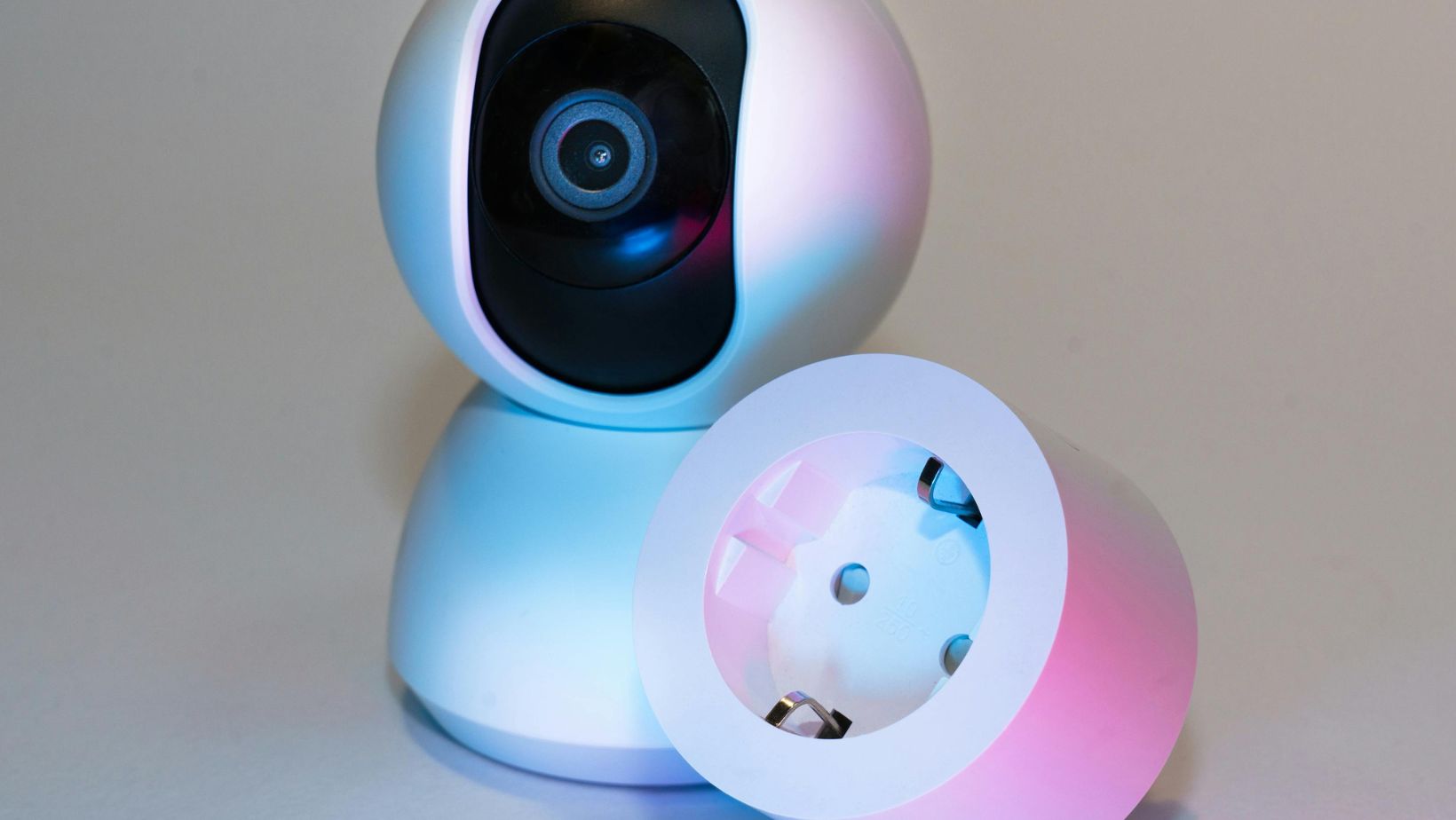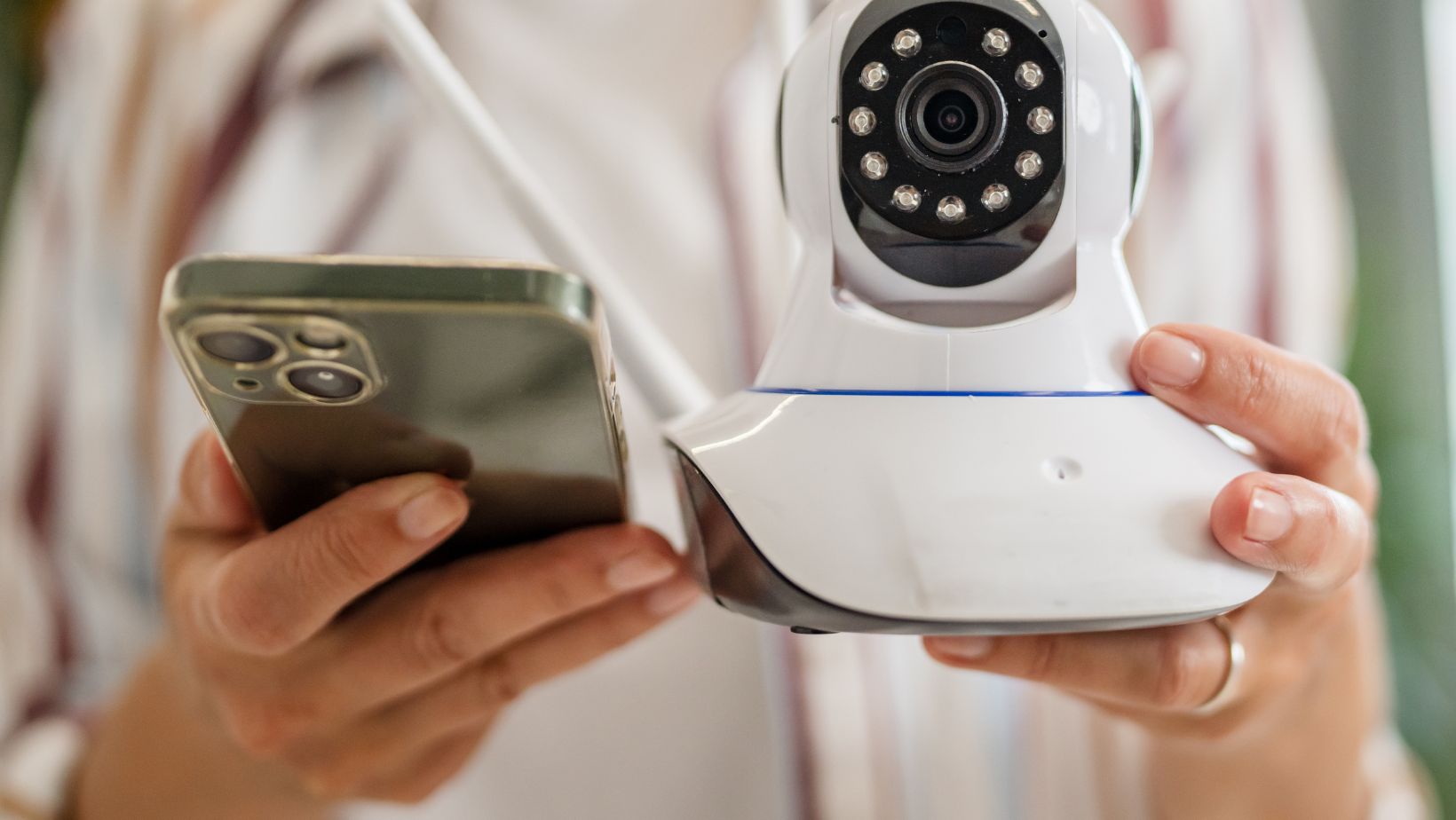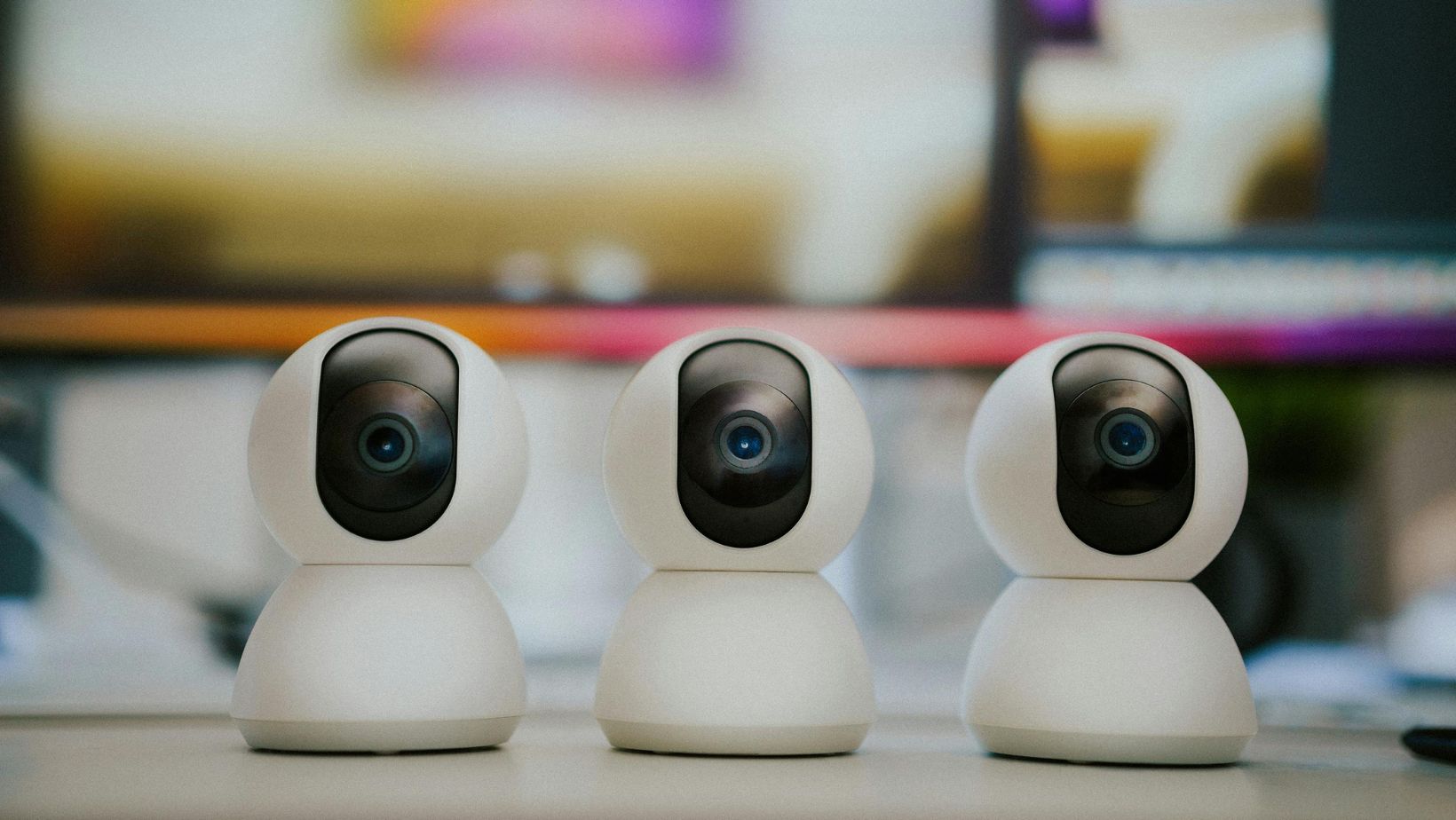
The camera, a device that has revolutionized how we capture and share our world, has a long and fascinating history. If you’re curious about the origins of this ubiquitous technology, then our exploration into when was camera invented will guide you through its evolution, from the earliest concepts to the first practical devices. We’ll explore some of the key moments and figures in the history of photography and delve into the journey from simple ideas to sophisticated modern cameras.
The Early Days of the Camera
The concept of capturing images has been around for a long time, with some key milestones along the way:
- Camera Obscura: The idea behind the camera started with the camera obscura, a darkened room with a small hole that projected an image onto the opposite wall.
- Early Experiments: Many individuals experimented with light-sensitive materials, which led to the discovery of ways to create lasting images.
- First Photograph: In 1826, Nicéphore Niépce created the first known permanent photograph, capturing a view from his window after an exposure time of eight hours.
- The Daguerreotype: In 1839, Louis Daguerre introduced the daguerreotype, which was the first commercially successful photographic process.
- The Calotype: In 1841, William Henry Fox Talbot invented the calotype, which was a process that used paper coated with silver iodide, and led to the creation of multiple prints from a single negative.
Evolution of the Camera
The invention of the first practical cameras led to a flurry of innovation and design improvements:
- Wet Plate Collodion Process: This process was developed in the 1850s, which allowed for shorter exposure times and produced sharper images.
- Dry Plate Photography: The development of dry plates allowed photographers to prepare and store plates in advance of taking photos.
- Kodak Camera: In 1888, George Eastman introduced the Kodak camera, a user-friendly camera that made photography more accessible to the general public.
- The 35mm Camera: The introduction of the 35mm camera in the early 20th century made smaller and more portable cameras possible, further democratizing the process of photography.
The Camera Today
Today, the camera is more accessible than ever, with technological developments continuing to push the limits of photography:
- Digital Cameras: The rise of digital cameras in the late 20th century made it possible to take countless images without worrying about the cost of film and development.
- Smart Phone Cameras: The rise of smart phones has further increased the accessibility of photography, and the powerful cameras on smart phones continue to push the boundaries of what is possible.
- Technological Advancements: The advancement of tech has led to smaller, more powerful cameras with features such as improved image stabilization, higher megapixel counts, and AI-powered processing.
Celebrating the History of the Camera
The camera’s journey is a fascinating story of innovation, creativity, and our desire to capture and share the world around us. From its humble beginnings to the sophisticated devices we use today, it has transformed how we see the world and each other.












